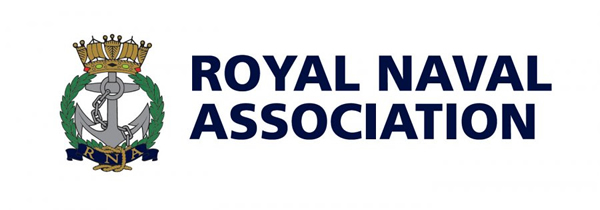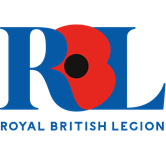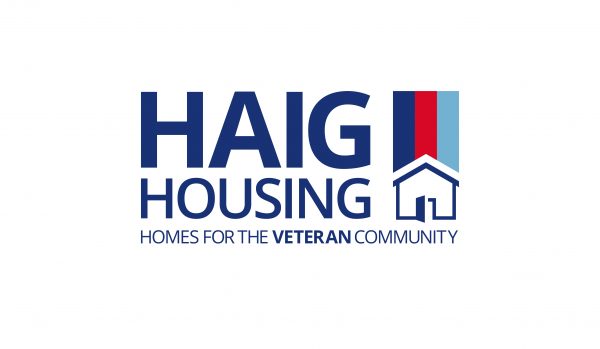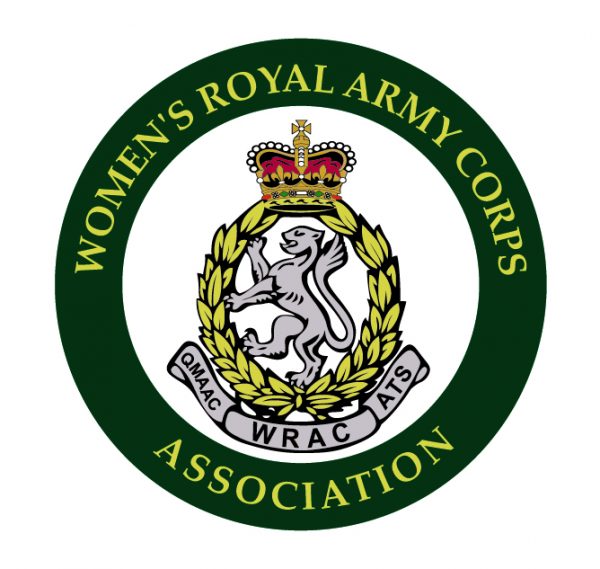41 years to the day HMS GLAMORGAN returned home to Portsmouth, a plaque was unveiled in the Royal Naval Association’s Memorial Garden, remembering the 14 members of her ship’s company lost during the Falklands Conflict.
The dedication was attended by many members of the ship’s company and their family members, wreaths were laid by Admiral Sir Ian Andrew Forbes, KCB, CBE, who was Operations Officer on GLAMORGAN and Vice Admiral John McAnally, CB, LVO on behalf of the Royal Naval Association. Remembrance Crosses were laid in memory of the 14 who lost their lives with one in memory of those who have died since the conflict.
Commander Alan Watt, Chairman of the HMS Glamorgan Falklands Association said:
“We have three major memorials; a memorial window in Portsmouth Cathedral, a bench at the National Memorial Arboretum and a memorial near Stanley, close to the spot the Exocet which hit us was fired.
“We felt that there was still one link missing in the chain and Portsmouth Dockyard was our home port. To have the opportunity to have something in the naval base in the Royal Naval Association’s memorial garden, which already includes benches for two of the ships lost; HMS COVENTRY and HMS SHEFFIELD, seemed extremely fitting.”
On 12 June 1982 the Destroyer was hit by an Argentinian Exocet, Fourteen crew members were killed. 13 crew members lost their lives that day and were buried at sea that evening and a fourteenth died on 19 August.
Before the Exocet hit, the GLAMORGAN performed a highspeed turn which meant the missile hit the deck coaming at an angle, skidded on the deck and detonated, making a 10x15ft hole in the hangar deck and a 5x4ft hole in the galley below, which is where the fire started. The blast travelled forwards and down and hit the hangar door, causing the ship’s fully fuelled and armed Wessex helicopter to explode.

















